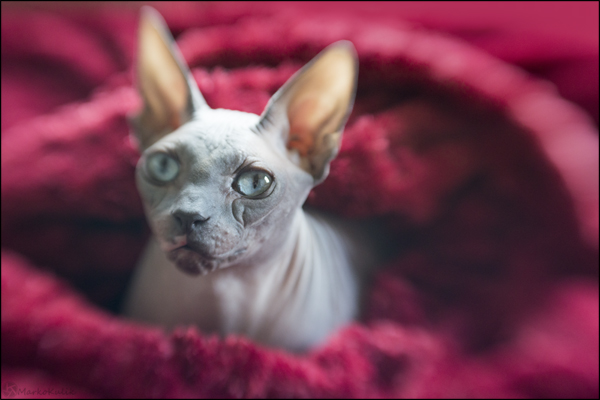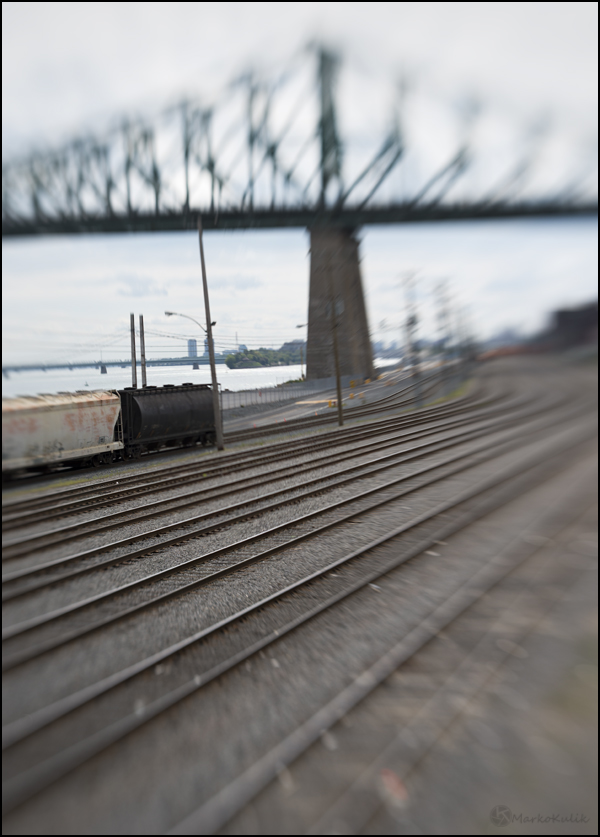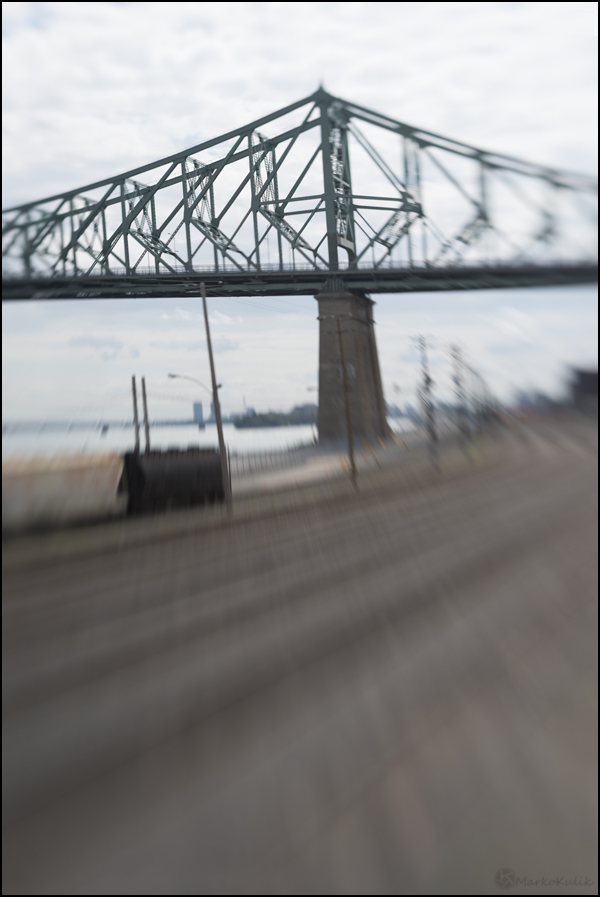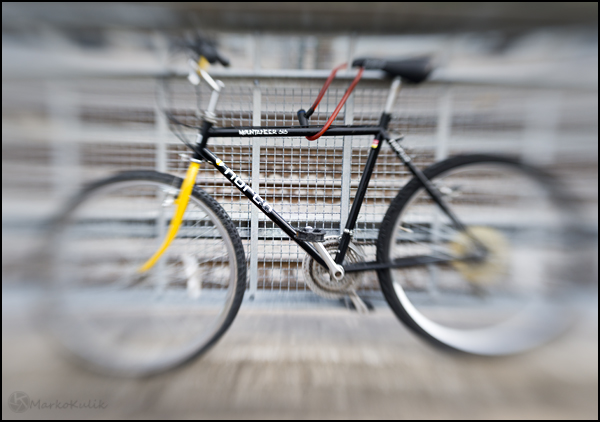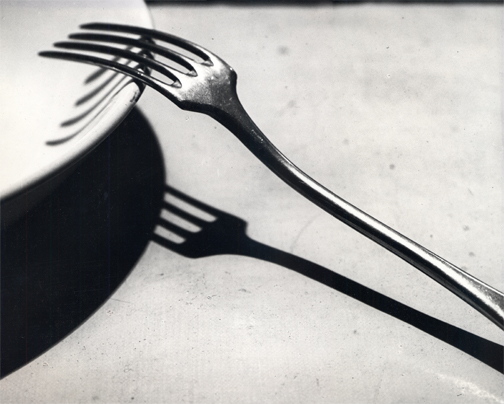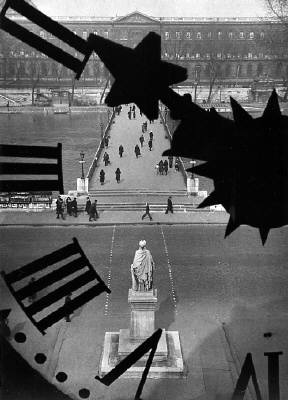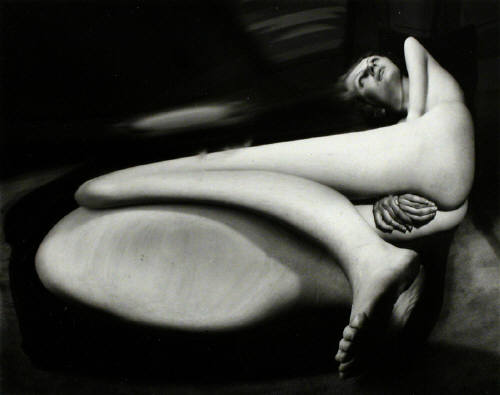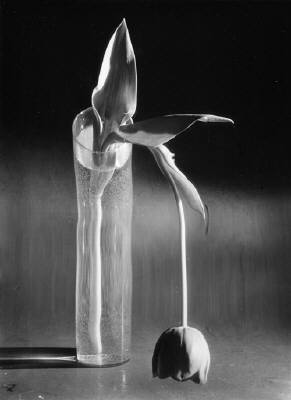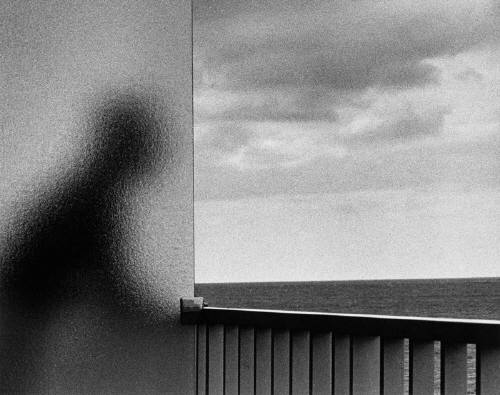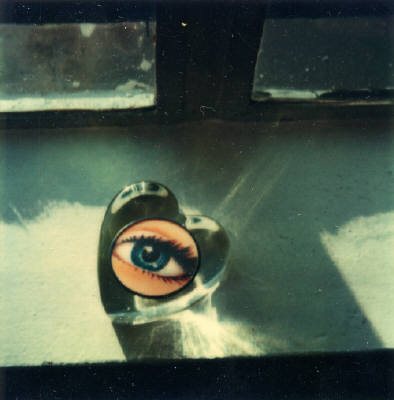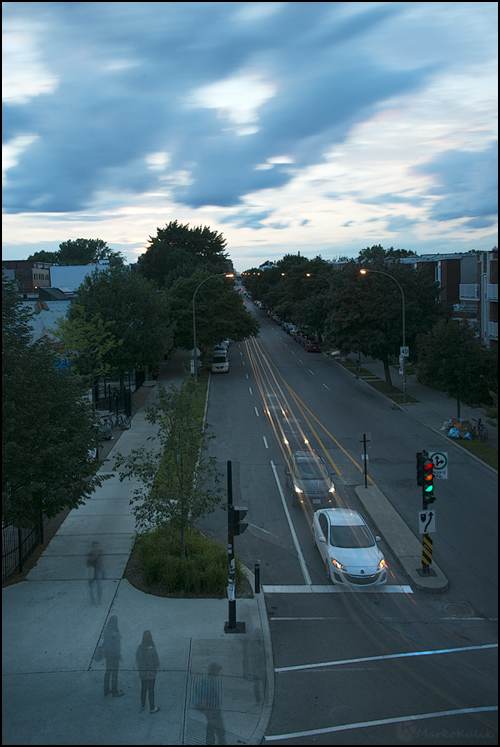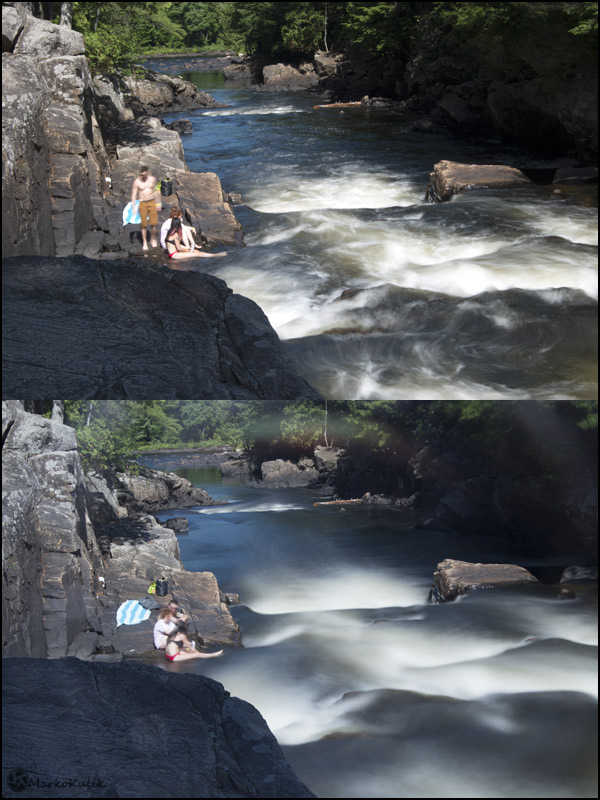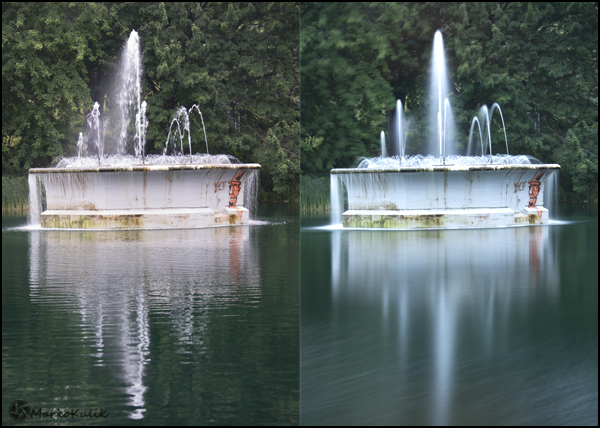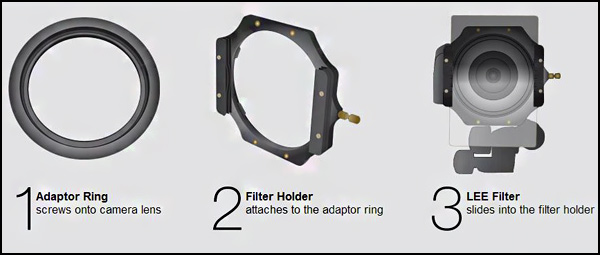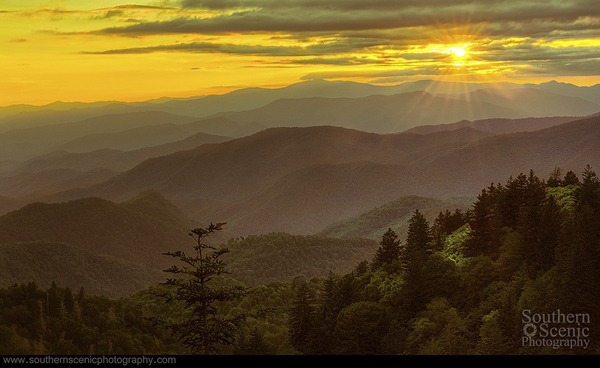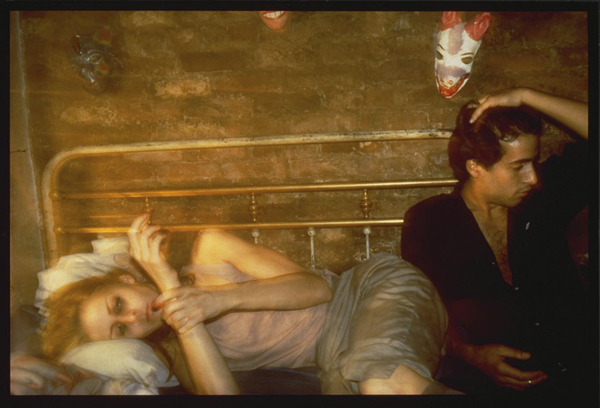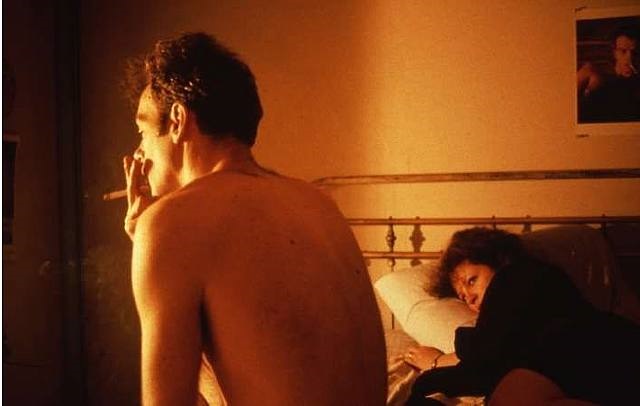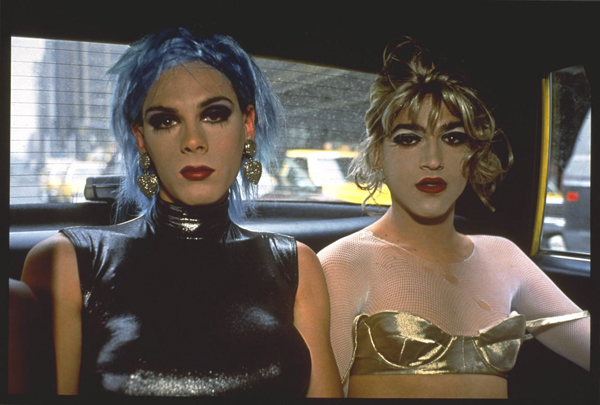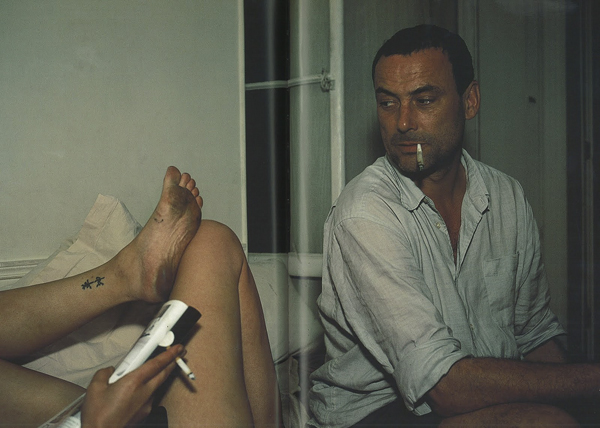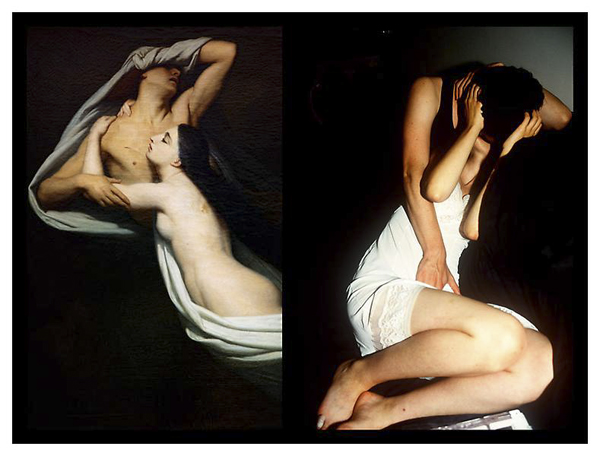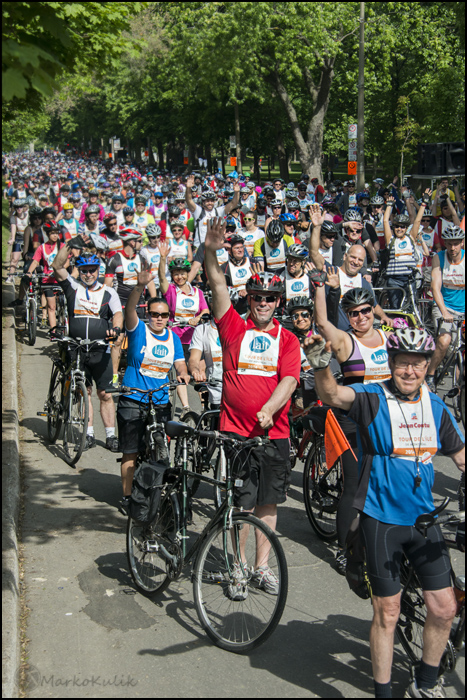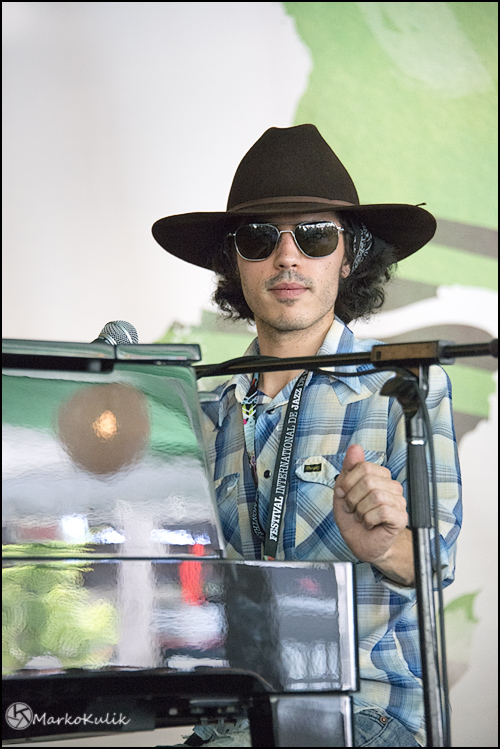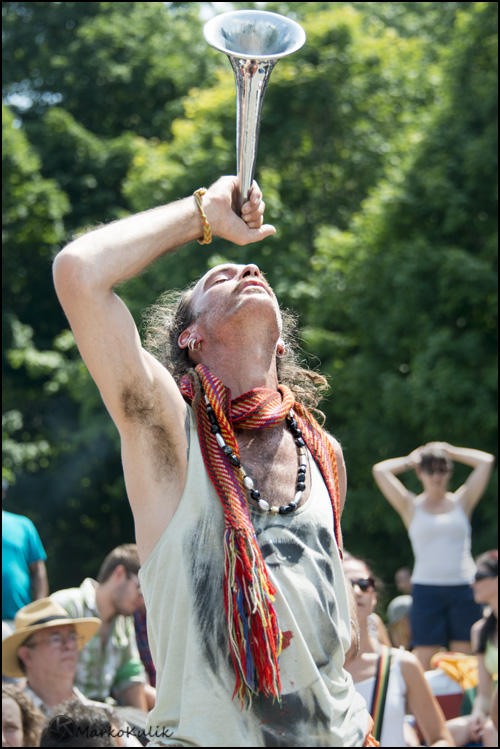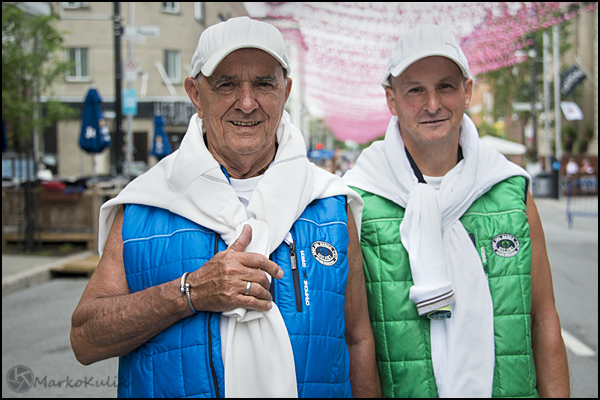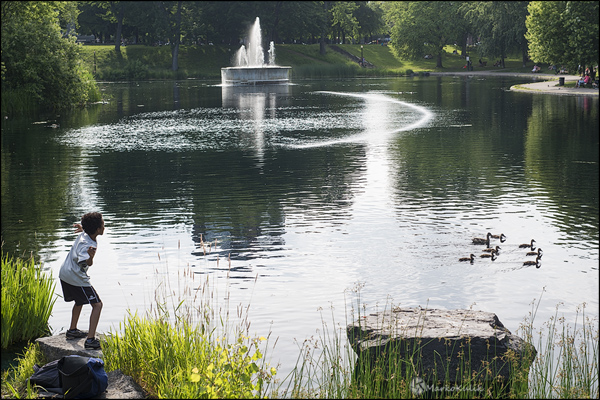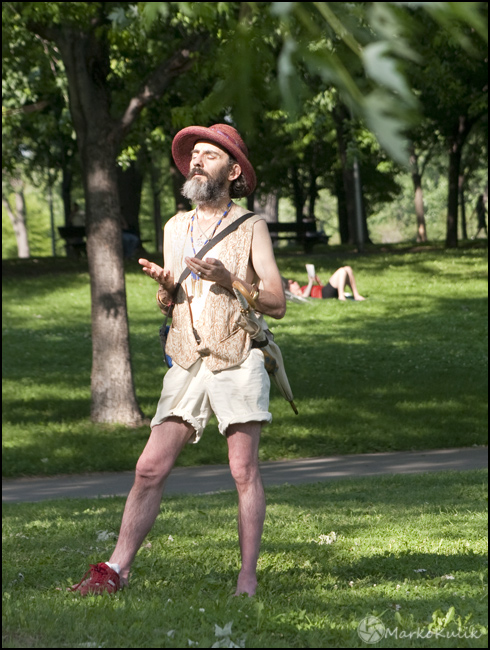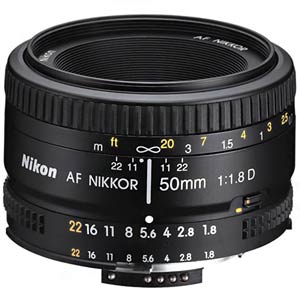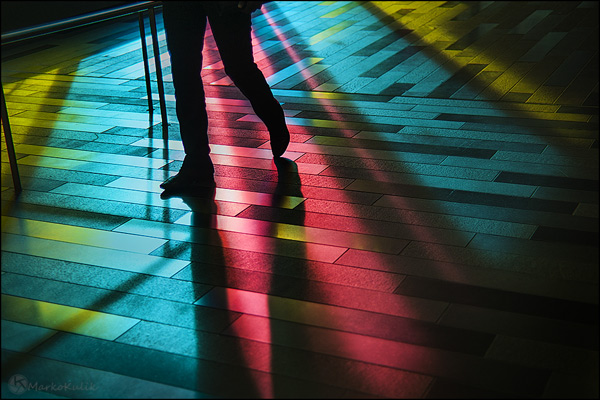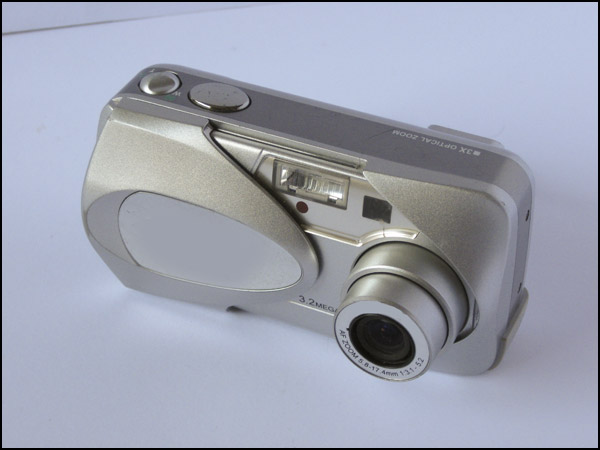Photography podcast #132 features an interview with Canadian photographer Bryan Davies. During the interview we discuss Bryan’s rust photography. We cover what inspired the series, how it was shot, how it was post-processed and Bryan’s plans for the future.
Thanks to The Camera Store (The largest camera store in Calgary, Alberta, Canada) for sponsoring the Photography.ca podcast.
Click the player at the end of this post to listen to (or download) the 13ish minute podcast.
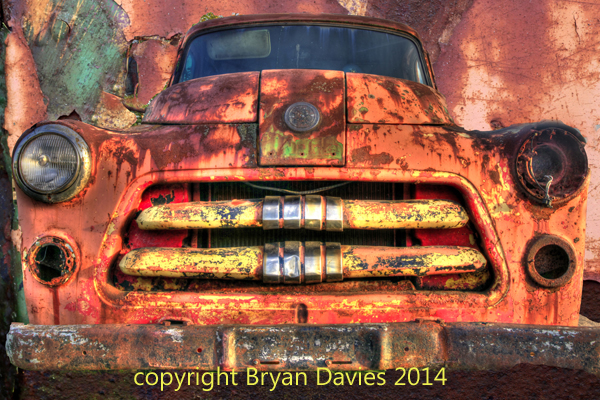
Fargo Mania by Bryan Davies
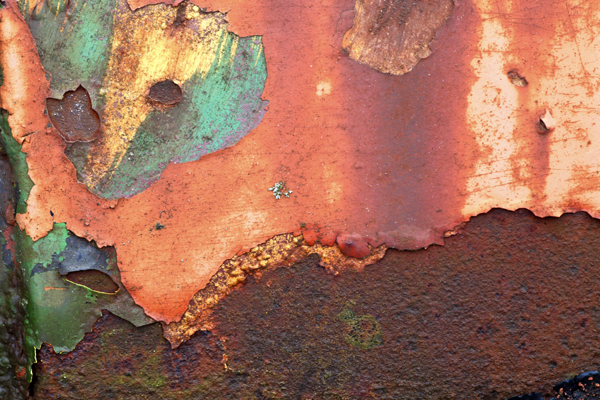
Artful Rust image by Bryan Davies
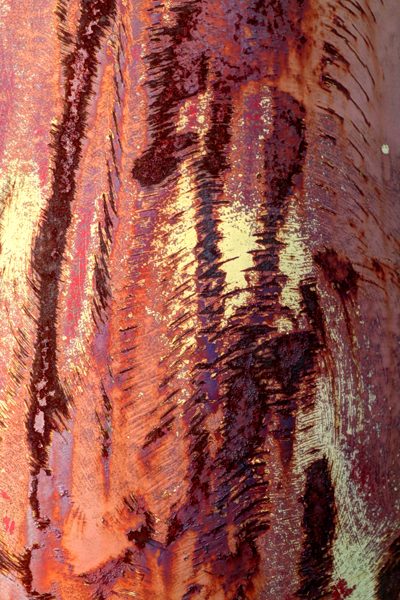
Artful Rust image by Bryan Davies
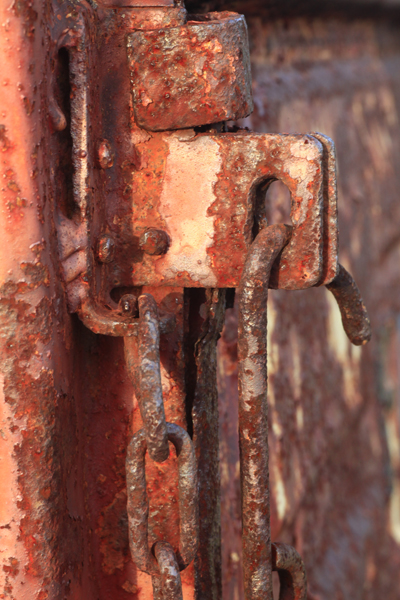
Artful Rust image by Bryan Davies
Links /resources mentioned in this podcast:
Bryan Davies Rust photography
Bryan Davies’s work on fineartamerica.com
Facebook Rust art group
Contraste Art Agency
Photography.ca forum regular assignment — Frozen action images
Photography.ca forum level 2 assignment — Sounds
If you liked this podcast and want to review it on Itunes, this link gets you to the main page
If you are interested in writing for our blog please contact me photography.ca ( A T ) G m ail Dot co m (using standard email formatting)
Please join the Photography.ca fan page on Facebook
My Facebook profile — Feel free to “friend” me — please just mention Photography.ca
My Twitter page — I will follow you if you follow me — Let’s connect — PLEASE email me and tell me who you are in case I don’t reciprocate because I think you are a spammer.
If you are still lurking on our forum,
feel free to join our friendly ![]() Photography forum
Photography forum
Although ALL comments are appreciated, commenting directly in this blog is preferred. Many thanks to Teddy Naimus for his comment from the last podcast. Thanks as well for the emails and welcome to all the new members of the bulletin board.
If you are looking at this material on any other site except Photography.ca — Please hop on over to the Photography.ca blog and podcast and get this and other photography info directly from the source. |Subscribe with iTunes|Subscribe via RSS feed |Subscribe for free to the Photography podcast — Photography.ca and get all the posts/podcasts by Email
You can download this photography podcast directly by clicking the preceding link or listen to it almost immediately with the embedded player.
Thanks for listening and keep on shooting!
Podcast: Play in new window | Download
